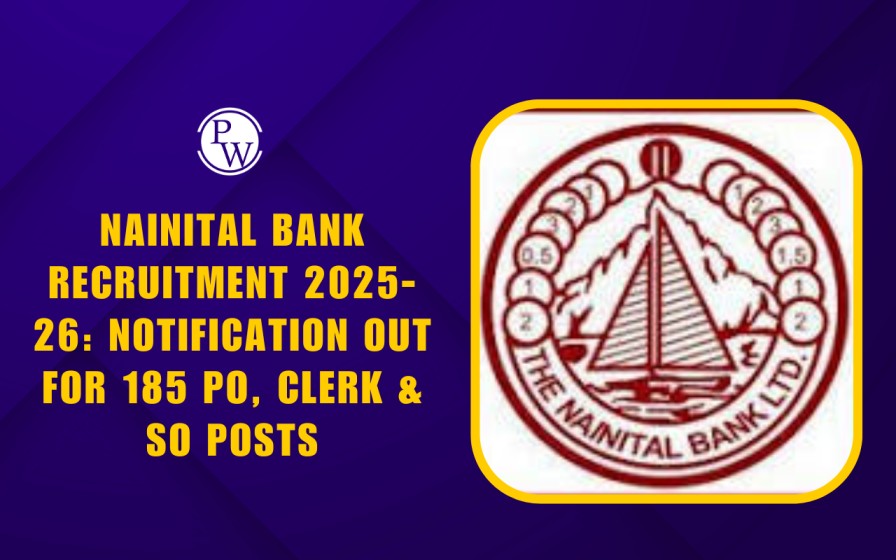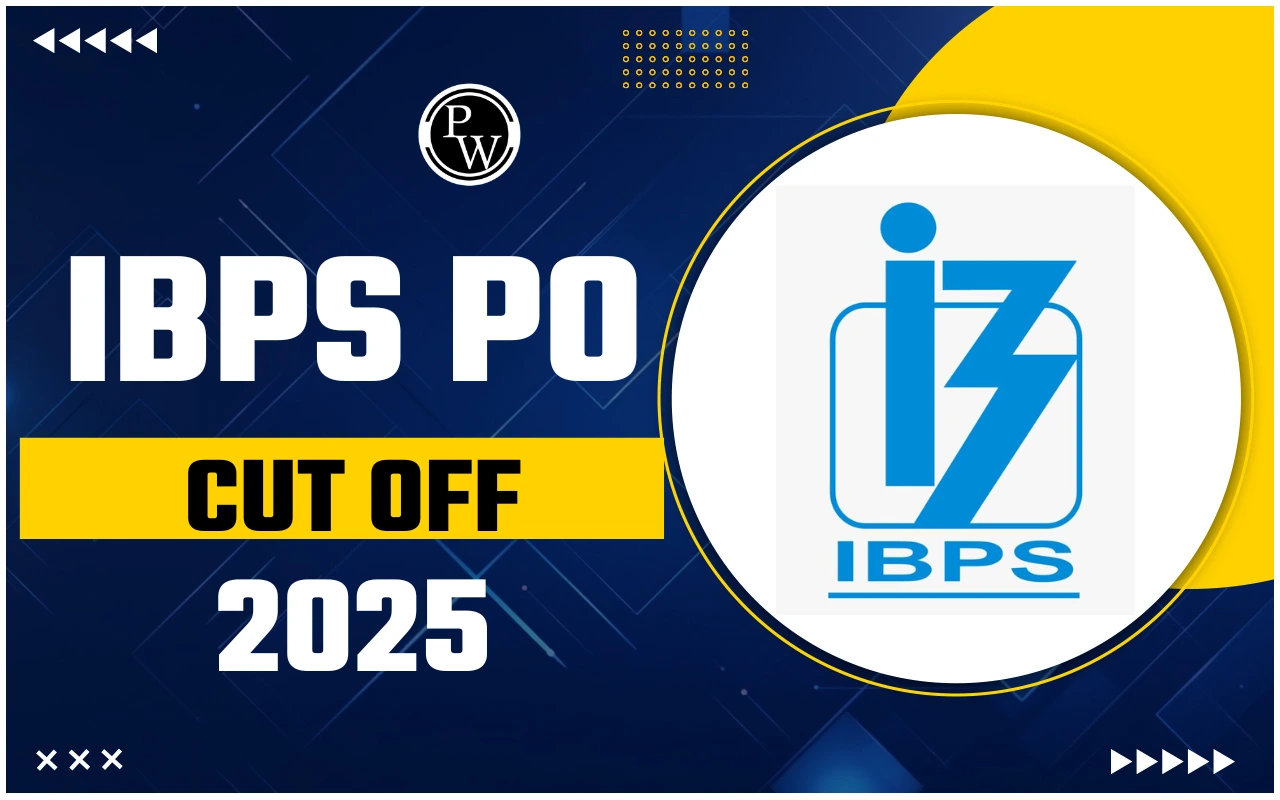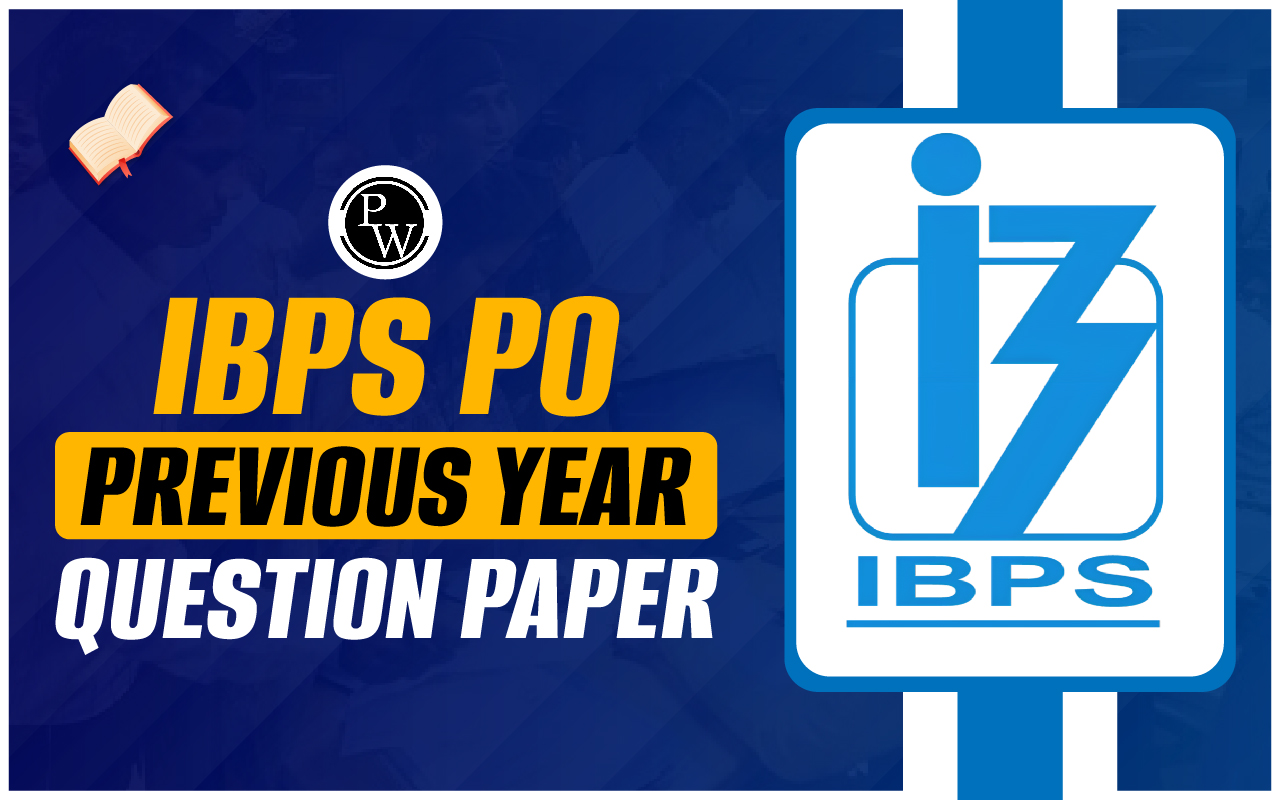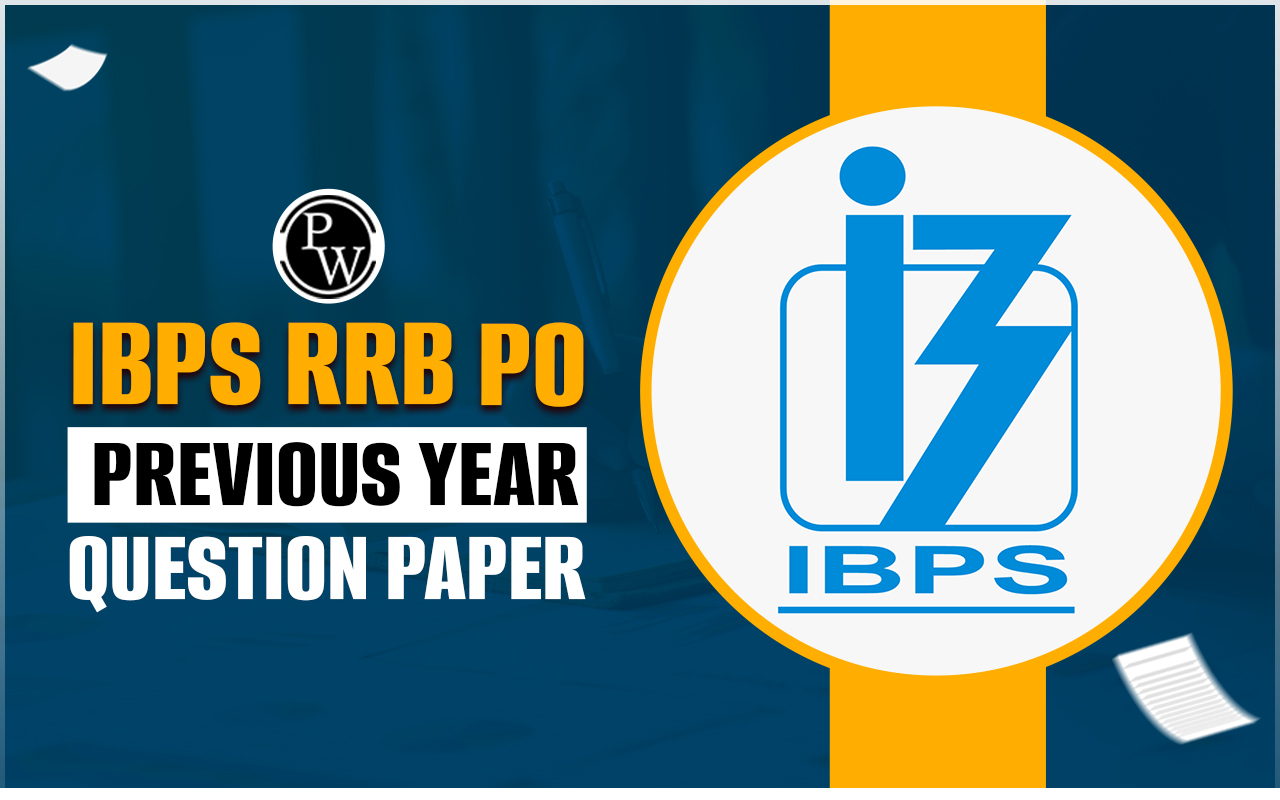
Pipe and Cistern for IBPS RRB PO and Clerk
Pipes and Cisterns are an important part of the quantitative aptitude syllabus for various Bank exams including the IBPS RRB PO and Clerk, IBPS PO and Clerk, SBI PO, SBI Clerk, etc. The concept of profit and loss is easy to understand, click on the below-provided link to get concept clarity of Profit and Loss in One Shot from basic to advance.
Pipes and cistern problems are a variation of time and work-related questions. These questions typically involve calculating the time taken to fill or empty a tank, or the amount of work done in the process. Two key concepts are essential for solving these problems:
-
Inlet: An inlet is a pipe used to fill a tank with water, representing a positive type of work.
-
Outlet: An outlet is a pipe used to empty the tank of water, indicating a negative type of work. This may also be referred to as a "leak" in some questions.
To effectively solve pipe and cistern problems, candidates must understand these terms, as questions may not always be straightforward and could involve the use of such terminology.
Pipe and Cistern Formulas
Certainly! Here are some important formulas and concepts related to pipes and cistern problems:
Basic Formulas
Filling the Cistern:
If a pipe can fill a cistern in x hours, the part of the cistern filled in 1 hour is

Emptying the Cistern:
If a pipe can empty a cistern in y hours, the part of the cistern emptied in 1 hour is

Combined Work
Two Inlet Pipes:
If two pipes can fill a cistern in x and y hours respectively, the part of the cistern filled by both pipes in 1 hour is
The total time T to fill the cistern when both pipes are open is:

Note that y must be greater than x for the cistern to be filled (i.e., the filling pipe must be faster than the emptying pipe).
Tips and Tricks to Solve Pipe and Cistern Questions
Understand the Terminology:
-
Inlet: A pipe that fills the tank.
-
Outlet: A pipe that empties the tank or causes a leak.
Convert Units:
-
Ensure all units are consistent. Convert hours to minutes or seconds if needed to match the problem's requirements.
Use the Part of Work Concept:
-
Break down the problem into parts of the cistern filled or emptied per unit of time.
Combine Rates:
-
When multiple pipes are working together, combine their rates by adding (for inlets) or subtracting (for outlets).
Net Rate Calculation:
-
For problems involving both filling and emptying, calculate the net rate of filling by subtracting the outlet rate from the inlet rate.
Inverse of Time for Combined Work:
-
Use the formula for combined work:

-
Solve for T to find the total time.
Cross Multiplication:
-
For equations involving fractions, use cross multiplication to simplify and solve.
Pay Attention to Directions:
-
Note the direction of water flow (filling or emptying) to correctly apply positive or negative rates.
Break Down Complex Problems:
-
Divide the problem into smaller parts and solve step-by-step. For multiple pipes, handle each one separately and then combine results.
Weightage of Pipe and Cistern in Banking Exams
Banking Exams (e.g., IBPS PO, SBI PO, RBI Grade B):
-
Pipes and cistern problems may constitute 1-2 questions in the quantitative aptitude section.
-
These questions are usually part of the time and work or arithmetic topics.
Best Pipe and Cistern Examples
1. Pipe A can fill a tank in 10 min and Pipe B can empty a tank in 30 min. In how many minutes the tank will be filled when both pipes are opened?
a) 7.5 minutes
b) 14 minute
c) 15 minute
d) 8.5 minutes
e) NOT
Answer: (c)
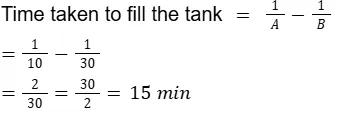
2. A large Water tank can be filled by two pipes M and N in 60 minutes and 40 minutes respectively. How many minutes will it take to fill the tanker from an empty state if N is used for half the time and M and N fill it together for the other half?
a) 24 minutes
b) 25 minutes
c)30 minutes
d) 20 minutes
e) NOT
Answer:(c)
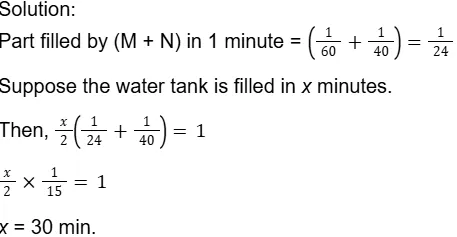
3. Pipe A, B and C fill the tank together in 36 minutes. They are open for 12 minutes after that Pipe C is closed and the rest is filled by pipe A and B in 48 minutes. Find in how many hours C will fill the tank alone?
a) 74 minutes
b) 72 minutes
c) 76 minutes
d) 78 minutes
e)NOT
Answer:(b)


4. If pipe A and B working together can fill a tank in 6 hours, and pipe A can fill the tank 5 hours faster than pipe B, then in how much time pipe B alone can fill the tank?
(a) 10 hours
(b)12 hours
(c) 15 hours
(d) 17 hours
(e) None of these
Answer:(c)
5. Pipe A is 4 times more efficient than B. Pipe A fills the tank in 24 minutes. In what minute will the tank be filled when both pipes are opened?
a) 20 minutes
b) 22 minutes
c) 26 minutes
d) 32 minutes
e) NOT
Answer:(a)
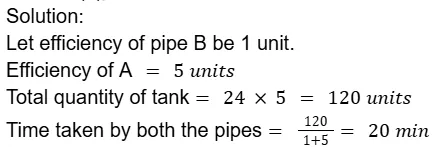
Previous Year Questions Of Pipe and Cistern Asked In Banking Exams :
1. Two pipes A and B can fill a tank in 20 hours and 30 hours respectively. Pipe C can empty the tank in 40 hours. If all the three pipes are opened together, in how many hours will the tank be filled?
2. Pipe A can fill a tank in 15 hours. Pipe B can fill it in 10 hours, but there is a leak at the bottom which can empty the full tank in 30 hours. If all three are opened simultaneously, in how many hours will the tank be full?
3. A pipe can fill a tank in 8 hours and another pipe can fill the tank in 12 hours. There is a third pipe at the bottom of the tank which can empty the tank in 24 hours. If all the three pipes are opened simultaneously, in how much time will the tank be full?
4. Two pipes P and Q can fill a cistern in 12 hours and 15 hours respectively. A third pipe R can empty it in 6 hours. If P and Q are opened for 5 hours and then R is also opened, in how many hours will the cistern be emptied?
5. Pipe A can fill a tank in 18 hours. Pipe B can fill it in 24 hours, and pipe C can empty the tank in 36 hours. If all three pipes are opened together, how long will it take to fill the tank?
Pipe and Cistern FAQs
Q1. What are pipes and cistern problems?
Q2. What are the key terms used in these problems?
Q3. What are the basic formulas used in pipes and cistern problems?
Q4. How do you solve problems with multiple pipes?
Q5. How do you handle problems with pipes turned on or off at different times?
Q6. What are common mistakes to avoid in pipes and cistern problems?



